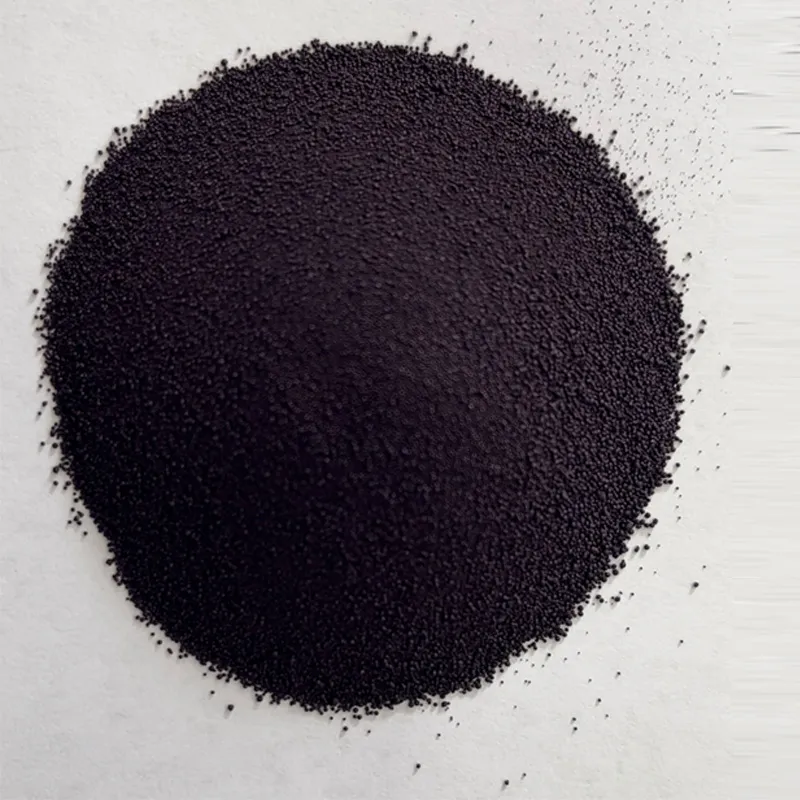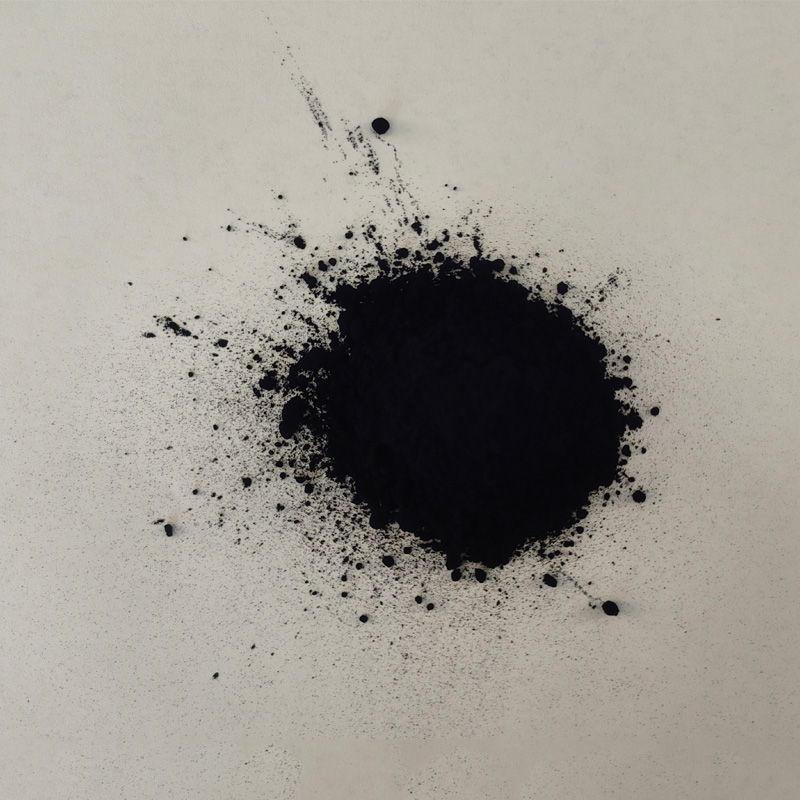
- ஆப்பிரிக்க
- அல்பேனியன்
- அம்ஹாரிக்
- அரபு
- ஆர்மேனியன்
- அஜர்பைஜானி
- பாஸ்க்
- பெலாரசியன்
- பெங்காலி
- போஸ்னியன்
- பல்கேரியன்
- கற்றலான்
- செபுவானோ
- கோர்சிகன்
- குரோஷியன்
- செக்
- டேனிஷ்
- டச்சு
- ஆங்கிலம்
- எஸ்பெராண்டோ
- எஸ்டோனியன்
- ஃபின்னிஷ்
- பிரெஞ்சு
- ஃப்ரிஷியன்
- காலிசியன்
- ஜார்ஜியன்
- ஜெர்மன்
- கிரேக்கம்
- குஜராத்தி
- ஹைட்டியன் கிரியோல்
- ஹவுசா
- ஹவாய்
- ஹீப்ரு
- இல்லை
- மியாவ்
- ஹங்கேரிய
- ஐஸ்லாந்து
- இக்போ
- இந்தோனேசியன்
- ஐரிஷ்
- இத்தாலிய
- ஜப்பானியர்
- ஜாவானியர்கள்
- கன்னடம்
- கசாக்
- கெமர்
- ருவாண்டன்
- கொரியன்
- குர்திஷ்
- கிர்கிஸ்
- காசநோய்
- லத்தீன்
- லாட்வியன்
- லிதுவேனியன்
- லக்சம்பர்கிஷ்
- மாசிடோனியன்
- மல்காஷி
- மலாய்
- மலையாளம்
- மால்டிஸ்
- மௌரி
- மராத்தி
- மங்கோலியன்
- மியான்மர்
- நேபாளி
- நார்வேஜியன்
- நார்வேஜியன்
- ஆக்ஸிடன்
- பாஷ்டோ
- பாரசீக
- போலிஷ்
- போர்த்துகீசியம்
- பஞ்சாபி
- ரோமானியன்
- ரஷ்யன்
- சமோவான்
- ஸ்காட்டிஷ் கேலிக்
- செர்பியன்
- ஆங்கிலம்
- ஷோனா
- சிந்தி
- சிங்களம்
- ஸ்லோவாக்
- ஸ்லோவேனியன்
- சோமாலி
- ஸ்பானிஷ்
- சுண்டனீஸ்
- சுவாஹிலி
- ஸ்வீடிஷ்
- தகலாக்
- தாஜிக்
- தமிழ்
- டாடர்
- தெலுங்கு
- தாய்
- துருக்கிய
- துர்க்மென்
- உக்ரைனியன்
- உருது
- உய்குர்
- உஸ்பெக்
- வியட்நாமியர்
- வெல்ஷ்
- உதவி
- இத்திஷ்
- யாருப்பா
- ஜூலு
Indigo Blue: History And Cultural Significance
Indigo blue, a rich and vibrant hue, has captivated civilizations for centuries. From ancient dyeing techniques to modern industrial applications, indigo blue powder, இண்டிகோ நீல சிறுமணி, and இண்டிகோ நீல துகள் forms have played pivotal roles in art, fashion, and trade. This article explores the historical journey and cultural impact of indigo while highlighting its diverse uses today.
Its origins can be traced back to ancient times, with early civilizations in Asia, particularly India, being pioneers in the extraction and use of indigo for dyeing textiles. The ancient Indians developed sophisticated methods for cultivating indigo plants and extracting the blue pigment, which was highly valued for its ability to produce deep, lasting colors. This led to the establishment of extensive trade routes, as indigo blue dye became a sought-after commodity across the globe.
The Origins of Indigo Blue
The history of இண்டிகோ நீலம் traces back thousands of years, with evidence of its use in ancient India, Egypt, and Mesopotamia. Derived from the leaves of the Indigofera plant, indigo blue powder was a prized commodity along trade routes, often referred to as "blue gold." Its deep, lasting color made it a symbol of wealth and status.
The ancient dyeing techniques used to produce இண்டிகோ நீலம் were meticulously passed down through generations of artisans. In India, for instance, indigo was an essential component of the resist-dyeing technique known as "bandhani," where fabric was tied in intricate knots before dyeing to create patterns. Similarly, in Japan, indigo was used in the traditional "ikat" dyeing process, resulting in stunning textiles with geometric designs.
In Asia, இண்டிகோ தானியம் was cultivated extensively, with Japan and China developing unique dyeing techniques like shibori and batik. Meanwhile, West Africa embraced indigo for its cultural significance, incorporating it into traditional textiles and ceremonies. The demand for இண்டிகோ நீல சிறுமணி products grew as trade expanded, solidifying its place in global commerce.
Indigo Blue: Cultural Significance Across Civilizations
Indigo blue transcends mere aesthetics; it holds deep cultural meaning. In India, it was linked to spirituality and royalty, often worn by high-ranking officials. The Tuareg people of North Africa used indigo-dyed garments as a mark of identity, earning the nickname "Blue Men of the Desert."
In Southeast Asia, indigo was associated with fertility and prosperity, often featured prominently in wedding ceremonies and traditional attire. Furthermore, the ancient Mayans and Aztecs of Central America revered indigo for its mystical properties, believing it had protective qualities and was a sacred color. Each civilization’s unique connection to indigo blue underscores its enduring legacy beyond its visual appeal.
In Japan, இண்டிகோ நீல துகள் dyes were used in samurai clothing, symbolizing strength and resilience. The American denim industry later adopted indigo, making blue jeans a worldwide phenomenon. Today, indigo blue powder remains a staple in fashion, art, and even holistic medicine, showcasing its timeless appeal.
Modern Applications of Indigo Blue
Beyond tradition, இண்டிகோ நீலம் has found new life in contemporary industries. Indigo blue granular மற்றும் இண்டிகோ தானியம் are essential in producing dyes, inks, and cosmetics. The textile industry relies on indigo blue powder for its eco-friendly properties, as synthetic dyes often harm the environment.
Pharmaceuticals and food coloring also utilize இண்டிகோ நீல துகள் forms, proving their versatility. With advancements in sustainable production, indigo continues to evolve, meeting modern demands while preserving its heritage. Wholesalers seeking high-quality இண்டிகோ நீலம் products can trust our company for premium, ethically sourced solutions.
FAQ: Everything You Need to Know About Indigo Blue
What is the difference between indigo blue powder மற்றும் இண்டிகோ நீல சிறுமணி?
Indigo blue powder is finely ground, ideal for smooth dye solutions, while இண்டிகோ நீல சிறுமணி has a coarser texture, often used in slow-release applications like industrial dyeing. Both forms offer vibrant color but differ in solubility and handling.
How is இண்டிகோ தானியம் processed for commercial use?
Indigo grain undergoes fermentation and oxidation to extract the dye. The resulting paste is dried and milled into indigo blue powder or formed into granules. Our company ensures strict quality control for superior purity and performance.
Can இண்டிகோ நீல துகள் be used in food products?
Yes, when certified as food-grade, இண்டிகோ நீல துகள் is safe for coloring candies, beverages, and other edibles. Always verify regulatory compliance before use.
Why should wholesalers choose your இண்டிகோ நீலம் products?
We offer premium indigo blue powder, granular, and grain forms with competitive pricing, bulk discounts, and reliable shipping. Our products meet international standards, ensuring customer satisfaction.
How can I place an order for இண்டிகோ நீலம் products?
Contact our sales team via email or phone to discuss quantities and pricing. We welcome bulk orders and provide tailored solutions for wholesalers. Don’t miss out—stock up on the finest இண்டிகோ நீலம் today!
From ancient traditions to modern innovations, இண்டிகோ நீலம் remains a timeless treasure. Whether you need indigo blue powder, granular, or grain, our company delivers excellence. Join countless satisfied wholesalers and elevate your product line with our premium indigo solutions. Place your order now and experience the legacy of இண்டிகோ நீலம்!

-
Denim Indigo Dye Supports Sustainable Fashion
செய்திAug.28,2025
-
Black Sulfur Elevates Material Durability
செய்திAug.28,2025
-
The Alchemist's Indigo: A Forgotten Dye Of The Ancient World
செய்திAug.28,2025
-
Sustainable Sulphur Black Dyeing: Eco-Friendly Methods For Textile Factories
செய்திAug.28,2025
-
Sulfur Black Dyes: The Superior Choice For Industrial Applications
செய்திAug.28,2025
-
Global Sulphur Black Suppliers: Market Trends And Future Demand
செய்திAug.28,2025
-
Agriculture And Natural Dye Sources: Fabric With Indigo Grains
செய்திAug.28,2025

சல்பர் கருப்பு
1.Name: sulphur black; Sulfur Black; Sulphur Black 1;
2.Structure formula:
3.Molecule formula: C6H4N2O5
4.CAS No.: 1326-82-5
5.HS code: 32041911
6.Product specification:Appearance:black phosphorus flakes; black liquid

Bromo Indigo; Vat Bromo-Indigo; C.I.Vat Blue 5
1.Name: Bromo indigo; Vat bromo-indigo; C.I.Vat blue 5;
2.Structure formula:
3.Molecule formula: C16H6Br4N2O2
4.CAS No.: 2475-31-2
5.HS code: 3204151000 6.Major usage and instruction: Be mainly used to dye cotton fabrics.

Indigo Blue Vat Blue
1.Name: indigo blue,vat blue 1,
2.Structure formula:
3.Molecule formula: C16H10N2O2
4.. CAS No.: 482-89-3
5.Molecule weight: 262.62
6.HS code: 3204151000
7.Major usage and instruction: Be mainly used to dye cotton fabrics.
